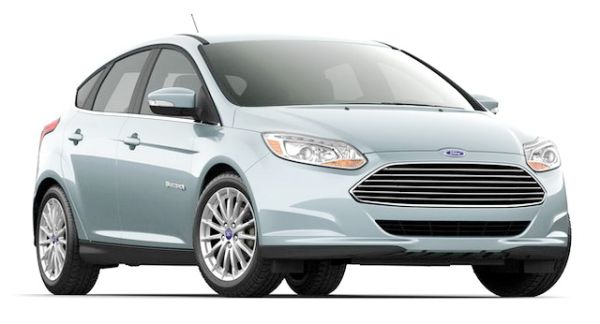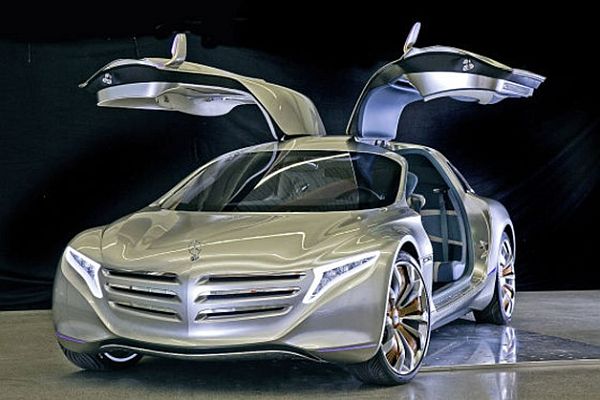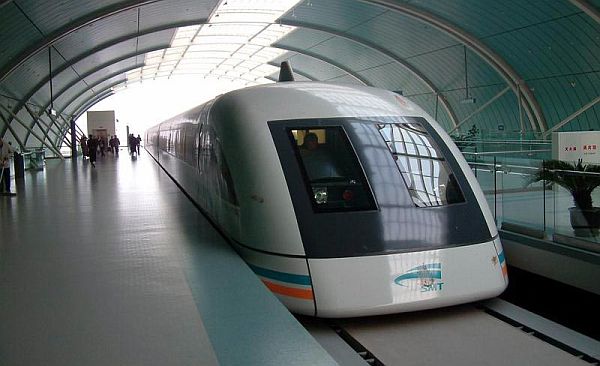
Transportation management is always a debatable topic among the city planners across the globe. Today we are living in an era where we are facing with traffic problem each and every day. It’s caused by numerous vehicles on the narrow roads which were caused by improper planning.
Also as today we are no longer able to grow our city scapes horizontally, city planners, designers, and architects are looking for vertical growth. So today it is a biggest challenge in front of the engineers to design a mode of transportation which is safe, reliable, and very fast so that common man can spend more time with their family and work and less worried about the pollution and transportation. To overcome this mind-boggling problem engineers have designed Maglev trains for mass transition which uses the property of magnetic levitation and can attain a speed of over 600 km/h. Maglev mode of transportation means a flying train which is guided by a magnetic track and with the application of magnets the entire train will run through the route few inches above the track. As these trains don’t have any wheels or axle, they are easier to maintain and they will not face friction from the tracks as well so commuters can expect a smooth and quite ride throughout their journey.
Need for change
Maglev technology was invented almost a century back in 1907 when F.S. Smith proposed a plan for electromagnetic transportation system. Then in 1959 G.R. Greenfly described the Maglev train in his article Magnetic System of Transportation. But earlier it was a dream and difficult to built as necessary technology was not there. In 1984 the first commercial Maglev system was introduced in a low speed shuttle that ran from Birmingham International Airport, UK to Birmingham International Railway terminus. Maglev train is the first successful implementation of Magnetic Levitation technology. This technology is able to carry million of people from one place to another in a very short time, with high safety and reliability. A Maglev train can travel at almost at a speed of a flight but at a much lower cost as compared to the air travel. There are only three basic components needed for a Maglev train to work. A large electrical power source, metal coil lining a guideway, large guidance magnets attached to the underside of the train.
With the help of the electricity the magnetic coils at the guide way gain the magnetic property. It has to ensure that the polarity of both the metallic coils at the guideway and the metal under the train. The same polarity will repel each other and thus helps to lift the train from the track at a height of 1 cm to 10 cm. At the same time the electricity keep changes the polarity of the magnetic coil along the guide way and create a magnetic field through which the train is constantly pulled forward and pushed by the action of the magnetic field behind the train to help its gain the momentum. Using this theory Maglev train was created and the first train used this technology is in Shanghai, China in the year of 2002. The Shanghai transrapid line runs from Longyang Road to the Pudong airport. This train running at a speed of 430 km/h and the 30 km journey takes only 10 minutes in this Maglev train. If one take a taxi, this journey can stretches upto an hour due to the traffic.
As the Maglev trains are running through the guided line and in a specially build track, there is no scope for traffic to slow down the train. Also as the train is glided through the guideway, it is free from metallic friction and can rum faster and smoother. Only friction that it encounters with is the air friction but the specially built metallic body of the train and the aero dynamic design helps the Maglev train to overcome this and run at a very faster speed.
What’s next?
1. Bombardier Eco 4 train

Eco 4 is a technology launched in 2008 by Bombardier to give cost-effective, efficient, economic and sustainable mobility option. Eco 4 technology is able to save 50% energy in the high speed trains by providing solutions ranges from lighter weight, lower maintenance compartments, comfort driven interior and intelligent climate control with aerodynamic design. This design is incorporated in a Maglev train designed by Francisco Lupin to use the solar energy. There are solar panels in the roof of the train and they get the solar power from the sun to power the train. This train has automated pilot system which takes the train through the guide way. Also commuters can stop the train in a particular place by put the switch in the side of his/her seats. This train also has projector system built inside the train’s interior which provides lots of important information. The train is also transparent in nature and it uses all the natural power such as solar energy to get the momentum.
2. EOL Maglev train
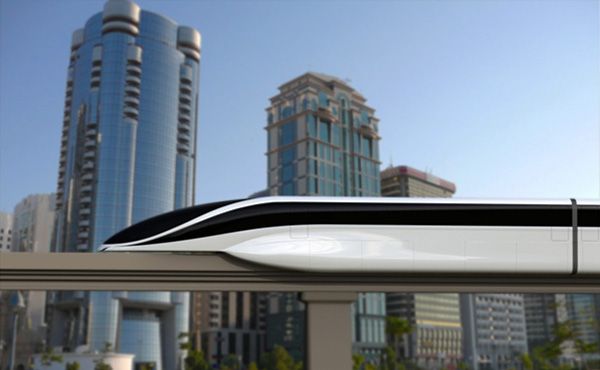 EOL Maglev train will give an eco-friendly train that will reduce the pollution during transportation from one place to another. The super fast train can run at a speed of almost 500 km/h and mainly they are meant for long distance journey. This EOL Maglev train will get its necessary power from the solar panels placed in the roof top. The interior is nicely designed and will give a very nice and cozy feeling to the commuters. This train is completely designed using aerodynamics in mind and to minimize air friction. Also each of the compartments has two sliding doors through which the commuters can aboard the train or leaves the train smoothly.
EOL Maglev train will give an eco-friendly train that will reduce the pollution during transportation from one place to another. The super fast train can run at a speed of almost 500 km/h and mainly they are meant for long distance journey. This EOL Maglev train will get its necessary power from the solar panels placed in the roof top. The interior is nicely designed and will give a very nice and cozy feeling to the commuters. This train is completely designed using aerodynamics in mind and to minimize air friction. Also each of the compartments has two sliding doors through which the commuters can aboard the train or leaves the train smoothly.
3. China is developing a 1000 km/h airless Maglev high speed train
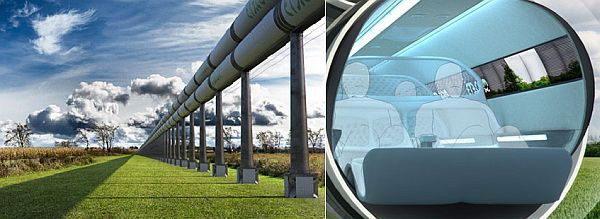 Researchers from National Power Traction Laboratory are working on a 1000 km/h super fast Maglev train and this technology can be commercially available within next ten years. The Maglev train is exposed to air friction only and thus at high speed this friction plays a huge role. To remove this air friction, researchers are planning for a tube guideway where there will be no air inside the tube and the train will run by this airless tube and due to this; the Maglev train will achieve almost 1000 km/h of speed. But inside the train there will be air. One of the main applications of this technology is in transoceanic travel. If engineers are able to build such tube over the ocean water, then one can travel from one country to another using this airless Maglev high speed train. Also as the tunnels have their own area and dimension, one can also create another tunnel over the existing tunnel and can create a network of tunnels. So at the same time multiple trains can be operated.
Researchers from National Power Traction Laboratory are working on a 1000 km/h super fast Maglev train and this technology can be commercially available within next ten years. The Maglev train is exposed to air friction only and thus at high speed this friction plays a huge role. To remove this air friction, researchers are planning for a tube guideway where there will be no air inside the tube and the train will run by this airless tube and due to this; the Maglev train will achieve almost 1000 km/h of speed. But inside the train there will be air. One of the main applications of this technology is in transoceanic travel. If engineers are able to build such tube over the ocean water, then one can travel from one country to another using this airless Maglev high speed train. Also as the tunnels have their own area and dimension, one can also create another tunnel over the existing tunnel and can create a network of tunnels. So at the same time multiple trains can be operated.



